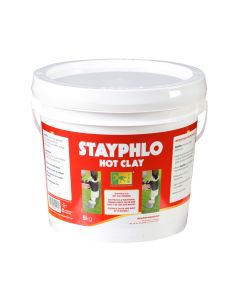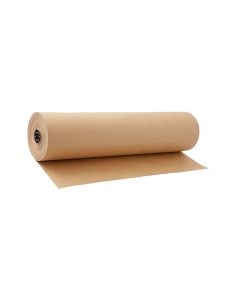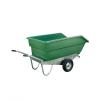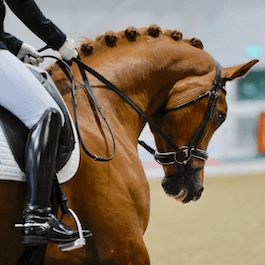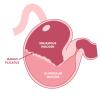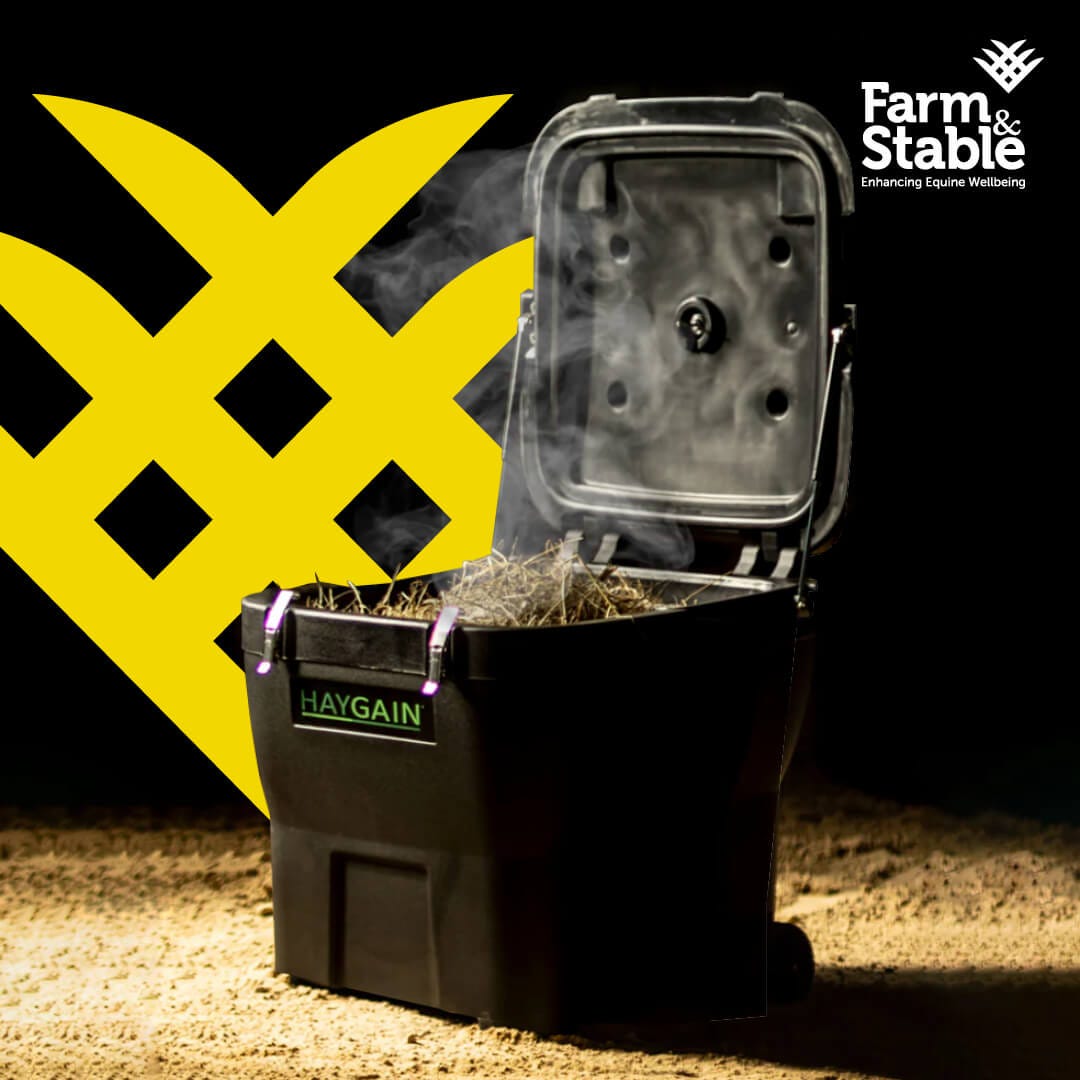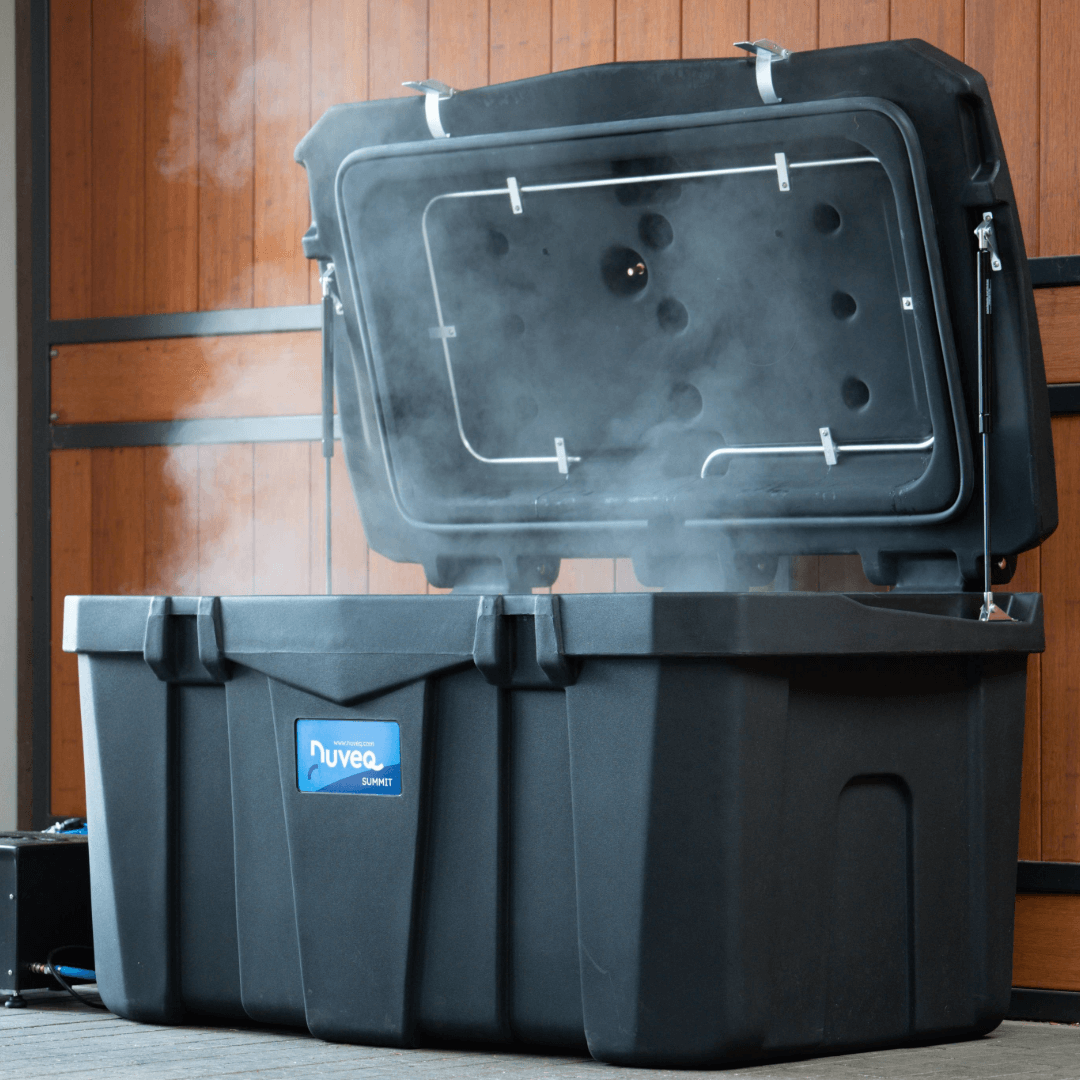
Our horse’s legs work hard. Horses spend a great deal of time on their legs and will even sleep while standing up. Therefore, when extra pressure is added through daily activities, it is no surprise that they can get sore.
Tasks such as training, competing, travelling, and even standing for too long can be very taxing. Often a side effect of an active lifestyle is stiff, sore legs which can lead to what’s known as stocking up, where lymphatic fluid pools in the legs to cause swelling.
Stocking up
During exercise blood is pumped to the horse’s limbs via arteries, delivering oxygen and nutrients to the tissues. When the heart rate increases, blood pressure in the arteries also increases, so more blood travels to muscular tissues where energy is needed. This pressure drops once the heart rate decreases, and blood then begins to return to the heart in the veins.
When there is a lack of significant pressure to assist the flow back to the heart, it is generally accepted that pressure within the equine foot, actually serves as a heart, helping to move the blood back up the leg. That is why horses are often referred to as having 5 hearts, implying a true heart in the chest and one heart per foot.
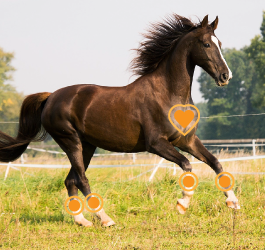
In some cases, due to the poor return of blood back to the heart, fluid can build up in the blood vessels and begin to ‘leak’ out into the surrounding tissue. This fluid outside of the blood vessels is most often taken up by the lymphatics, which are similar to blood vessels, and then returned back to the heart to be re-joined with normal blood circulation.
However, when we have a horse with a swollen leg, it likely implies that fluid has accumulated in the tissue outside of the blood vessels. So, if or when you spot that your horse has a swollen leg, it is most likely to be fluid accumulation which is technically called stocking up.
In some cases, if not properly treated, stocking up can be more than just a temporary discomfort, it can inhibit a horse’s athletic performance and potentially lead to further injury.
How to Treat Swollen Legs
To some, it may seem old fashioned, but to others using leg clay has been a long-standing solution to uncomfortable swelling.
If you are not familiar with using leg clay, you may imagine that slathering on something sticky will cause a bit of a mess, but it is actually much less hassles and far more effective than you might think.
How does it work?
Clay acts as a “drawing salve” to heal and prevent injury and it has been a practice that has been adopted for thousands of years. The clays are often made from Kaolin clay and water and are applied from the knee to the fetlock.
Salt, essential oils or other medicinal drops can also be added. The clay improves blood circulation and draws out toxins and fluid, while medicinal oils cool and reduce tension and inflammation in the legs. When cold hose water is used to wash off the clay this doubles up as an effective way to cool and reduce swelling in the legs.
Farm & Stable stock a wide range of Leg Clays as part of our range. Some are for rapid cooling after intense competition, however TRM STAYSOUND s a good all-round cold clay.
STAYSOUND
STAYSOUND is an internationally acclaimed cold clay that cools, soothes and tightens hot tired legs. STAYSOUND is easy to apply and has a superior longer-lasting formula, with no need to wrap or bandage, and is easy to wash off.
Directions for Use:
- Routine use: Apply directly to knees, fetlocks, shins and tendons after periods of training. Spread evenly about 6mm thick.
- For more prolonged effect: Wrap with moistened brown paper and bandage. Repeat as necessary after 24 hours.
- To remove: Hose off with water.


 Forgotten your password?
Forgotten your password?  Free Delivery on all orders over £95+VAT
Free Delivery on all orders over £95+VAT



